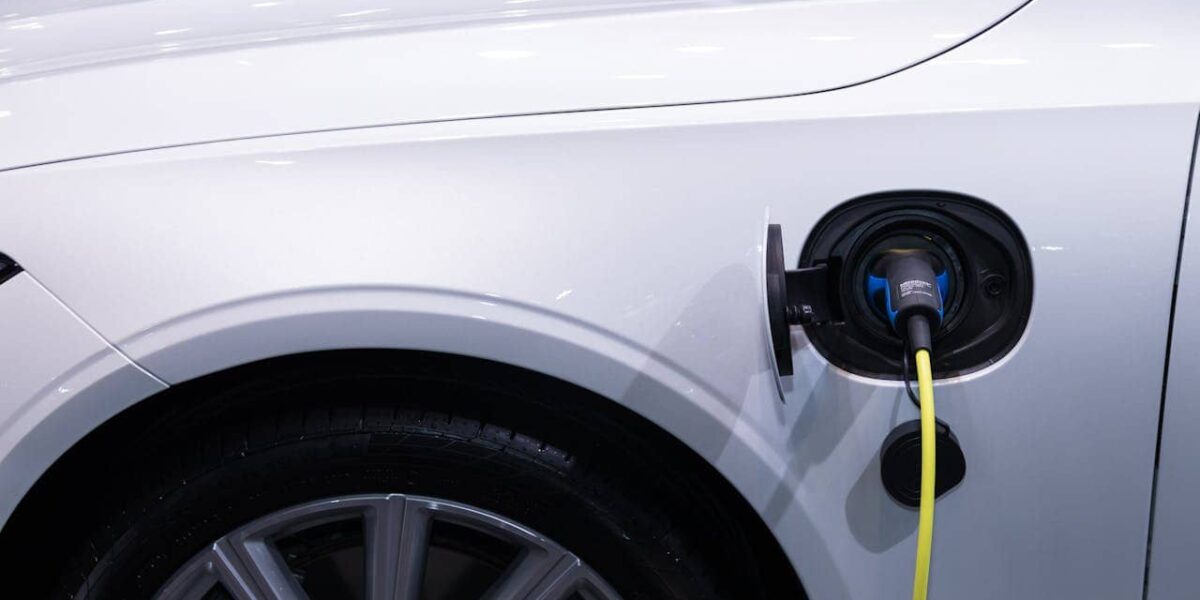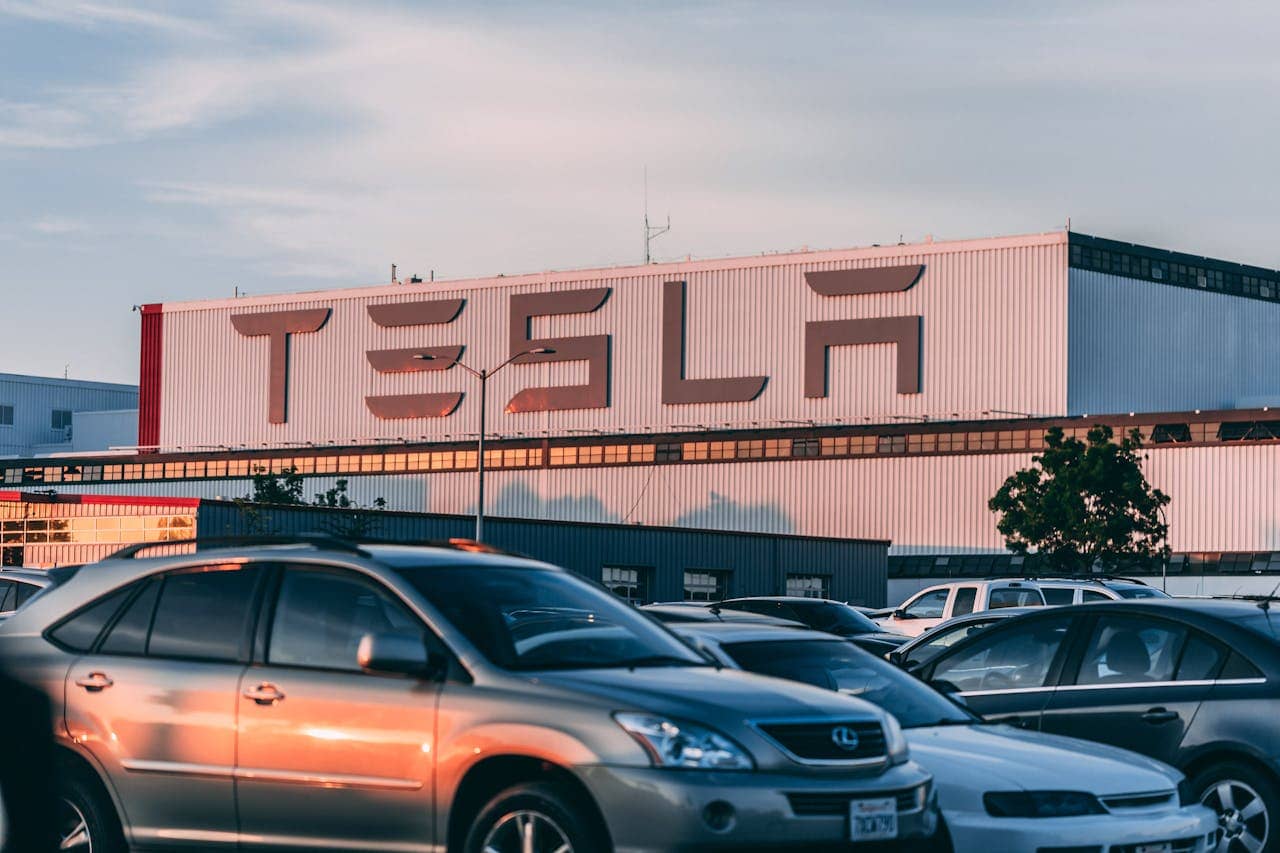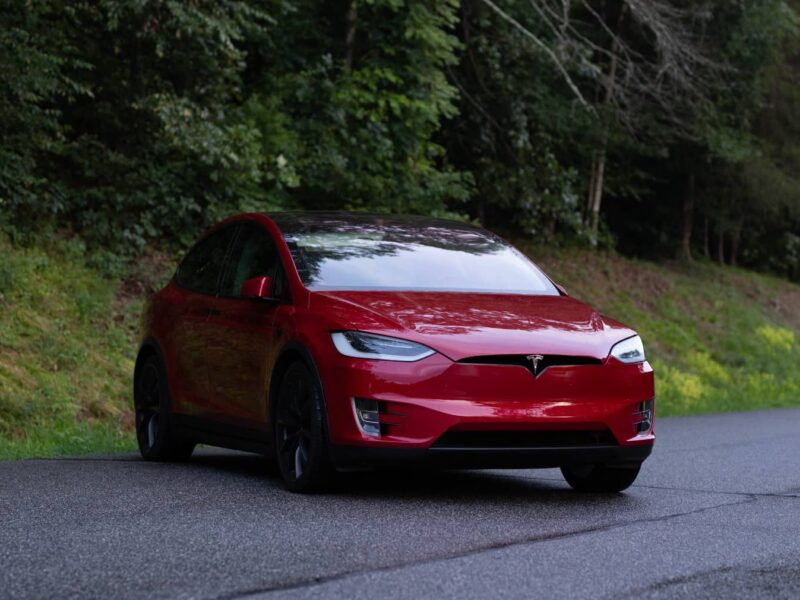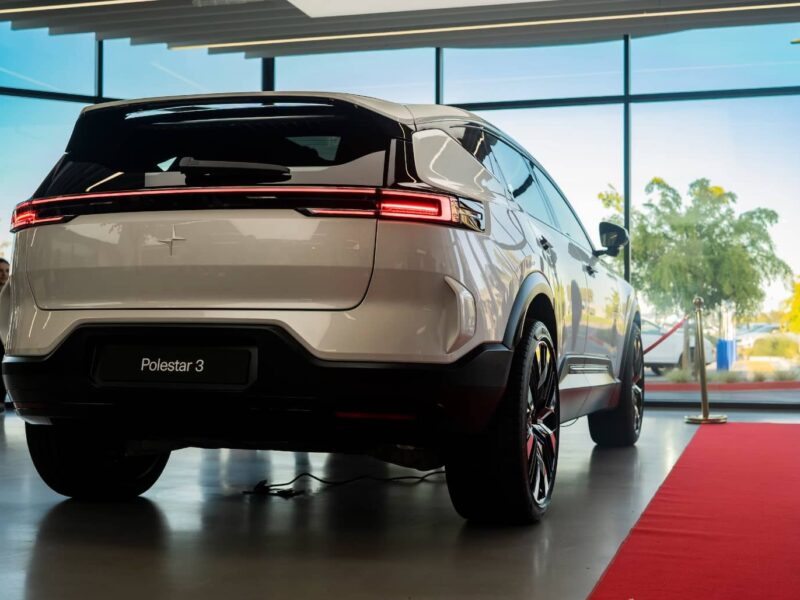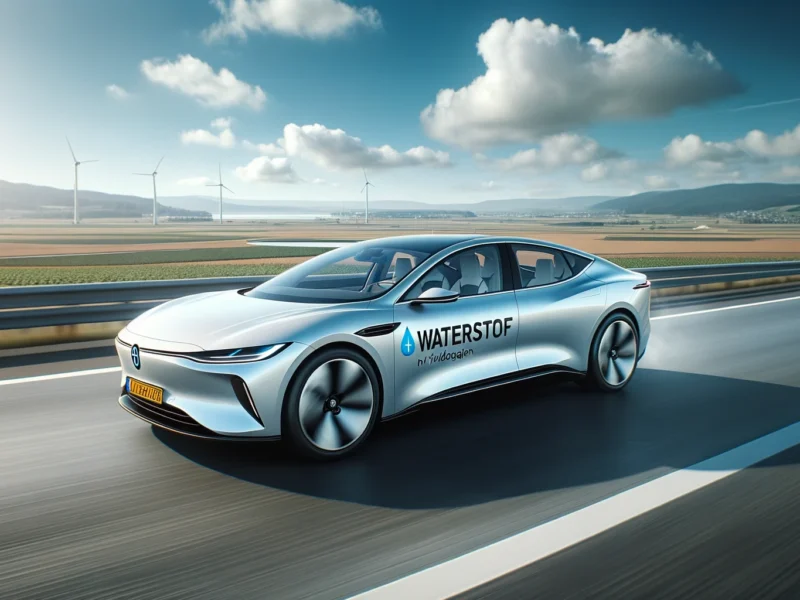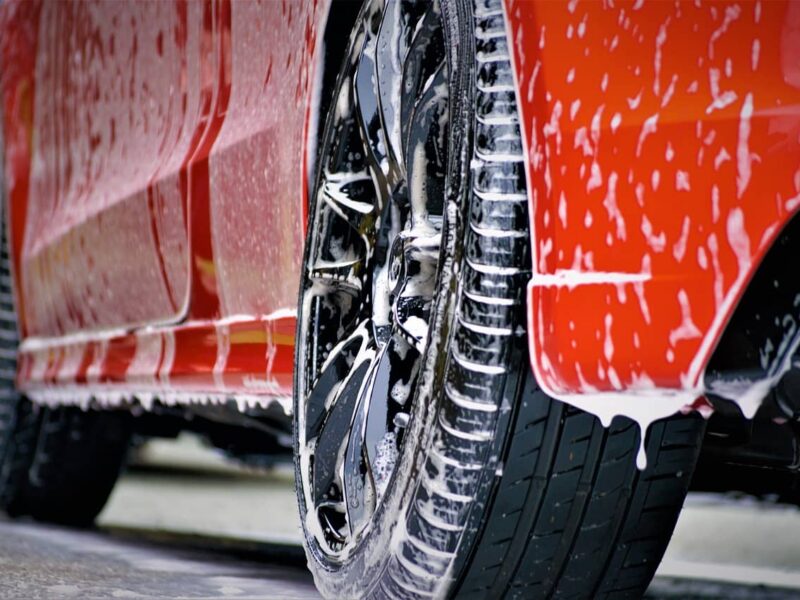Everything you need to know about repairing damage to electric vehicles (EVs)
Driving electric is becoming ever more popular, and it’s no wonder: it’s quiet, clean and future-focused. But did you know that repairing damage on an electric car requires a completely different approach compared to a petrol vehicle? From high-voltage batteries to advanced driver assistance systems, an EV is packed with complex technology that demands specific expertise and safety procedures. In this article from Möller Autoschade, you’ll find out everything you need to know about EV repair, from safety to craftsmanship.
Why repairing EV damage is specialised work
An electric car contains components that, if mishandled, can not only damage your vehicle but also pose dangers to mechanics or the driver. Think of:
- High-voltage batteries with thousands of volts of charge
- Electronic control and integrated software
- Thermal systems to keep the battery at the right temperature
- Advanced sensors and ADAS (Advanced Driver Assistance Systems)
When repairing damage, it’s not just about fixing the bodywork. The electronic systems must also be thoroughly checked to ensure the vehicle remains safe and reliable. Detailed knowledge of the battery technology and manufacturer’s guidelines is essential.
What happens when an EV is damaged?
EV repair always starts with one crucial step: securing the high-voltage system. Only after this can any work be carried out on the vehicle. This process is only permitted for certified EV technicians.
A detailed diagnosis then follows. Using specialist equipment, fault codes are read, connections are checked and it’s determined whether the battery, wiring and electric drive are all still safe to use.
Concrete tasks can include:
- Checking the battery cooling and charging technology
- Recalibrating ADAS systems, such as lane assist or automatic emergency braking
- Software updates or resets
- Replacing specific components, such as battery panels or connectors
An untrained repair technician could miss vital components here, resulting in long-term or hidden issues.
How do you recognise a certified EV repairer?
A reliable EV repairer has:
- Certified technicians with EV-specific training
- Specialist workshop equipment, such as a battery zone with insulated floors
- Access to brand-specific repair information and genuine parts
- Safety protocols according to standards like FOCWA, BOVAG or manufacturer certifications
Repair companies such as Möller Autoschade have these certifications in place, so you can be confident that your electric car is restored professionally and safely.
What happens to the factory warranty?
When an electric car is repaired following the correct procedures, the factory warranty remains fully valid. This applies both to the bodywork and to electric components like the battery pack. Independent repairers with certified processes may carry out these jobs without affecting your warranty.
Do make sure, however, that the repair shop uses approved parts and follows the manufacturer’s repair guidelines, like at Möller Autoschade for example.
What about insurance?
Most car insurance covers damage to EVs in the same way as vehicles with combustion engines. Still, it’s wise to check whether the repair shop is recognised by your insurer or leasing company. This speeds up the claims process and avoids unexpected costs.
Möller Autoschade works with almost all insurers and leasing companies and handles the complete administrative process for you.
Safely back on the road
An electric car demands expertise—not just behind the wheel, but especially when dealing with damage. That’s why you should always choose a certified EV repairer with proven experience, modern equipment and the necessary qualifications. Only then can you be sure your car will not only look as good as new, but is also technically completely safe again.
